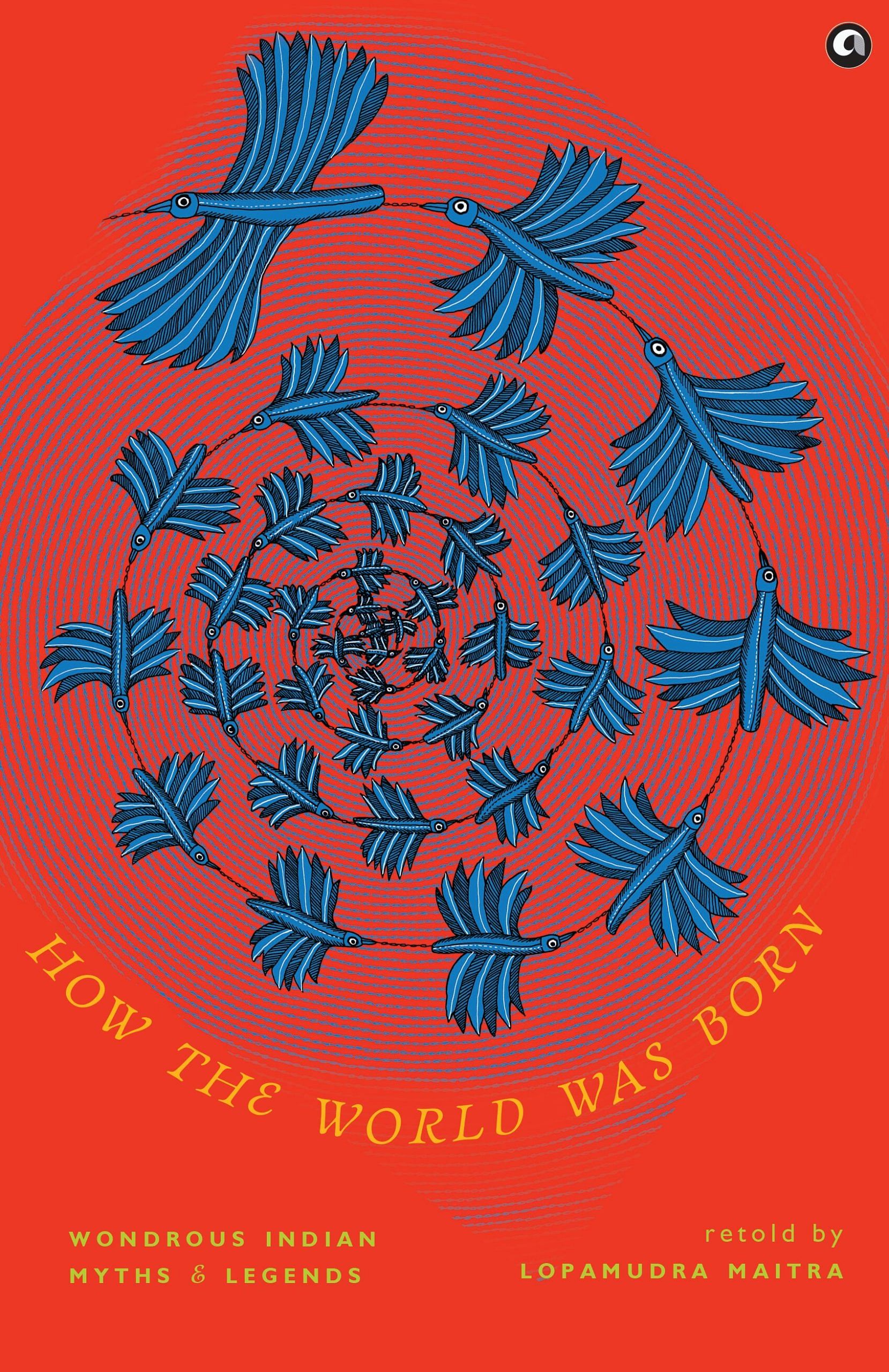Long, long ago, when Krishna was still the king of Dwarka, the region, presently known as Tezpur, was ruled by king Banasura. He was the son of King Bali and grandson of King Prahlad. He was also a great devotee of Lord Shiva. He once performed a severe penance for which Shiva blessed him with a thousand arms. However, this made Banasura extremely vain and egotistical. Upon witnessing this, Shiva cautioned Banasura that his conceit would crumble in the near future, leading to the destruction of his arrogance and ultimately resulting in his downfall. However, Banasura did not pay much heed and continued to be a severe and despotic ruler.
Banasura lived in a large palace, along with his family. He had a very beautiful daughter—Usha. Banasura was overly protective of his daughter and aimed to exercise great discernment in choosing the right partner for her. Thus, Banasura kept her isolated in the palace, and away from everyone, and only a select few were allowed to the inner chambers of the princess. Among these trusted people was Usha’s dear friend Chitralekha, who was the daughter of Banasura’s minister.
Chitralekha was no ordinary friend; she had magical powers. One night, Usha dreamt about a handsome young man and fell in love with the man from her dream. However, she knew that it was almost an impossible feat to see him, as it was just a dream. When Princess Usha spoke about her dream to Chitralekha, she wanted to help her friend and drew a portrait based on Usha’s descriptions. She identified the man on the canvas as Aniruddha, the grandson of Krishna and Rukmini, the king and queen of Dwarka. Aniruddha was the son of Krishna’s son Pradyumna and his wife Rukmavati. He stayed in his palace in Dwarka and was endowed with many of the virtues of his grandfather, Krishna.
Meanwhile, in order to help her friend Usha, Chitralekha used her magical powers to travel to Aniruddha’s palace, abduct him at night while he was sleeping, and take him back to Usha’s chamber in the palace of Banasura. When Aniruddha woke up, he saw the beautiful Usha in front of him. Both fell in love with each other and got married through the Gandharva form of marriage.
When news reached Banasura of the intruder in the inner chambers, he was furious and immediately tied up Aniruddha with snakes. Aniruddha tried to fight at first, but was eventually defeated at the hands of Banasura’s large army. He remained in captivity for a month, until one day, sage Narada delivered the news to Dwarka. An angry Krishna immediately left for Banasura’s palace and reached in no time.
On the other hand, when Banasura heard about Krishna’s arrival, he prepared for a fight and challenged him in a battle. Balaram, the elder brother of Krishna, also joined the battle and fought against Banasura’s commander. Seeing the beginning of the fierce confrontation, Shiva arrived on the battlefield on his Nandi vahana (carrier) to help his ardent devotee against Krishna, who was the avatar (form) of Lord Vishnu. Thus, what ensued was a mammoth fight between Shiva and Vishnu. It was a prolonged battle between mighty equals, causing widespread destruction. There was death and bloodshed all over the place.
Finally, when Balaram defeated Banasura’s commander, King Banasura was the only one left alive in the army. Krishna took his Sudarshan Chakra and started to chop off the thousand arms of Banasura. At this point, Shiva approached Krishna and requested him not to kill Banasura. Krishna respected Shiva’s request and also remembered that he had promised Banasura’s father, Bali, that he would not kill any member of his family. He also remembered that Banasura was the grandson of Prahlad, who was an ardent devotee of Vishnu. Thus, Krishna chose to spare Banasura’s life, allowing him to go free, and Banasura eventually realized his error. Banasura’s arrogance was vanquished as he lost his thousand arms, and Shiva’s prophecy came true. Finally, Banasura retired to the Himalayas, after arranging for the marriage of Usha and Aniruddha, and bidding them farewell as they left for Dwarka along with Krishna.
After the destructive wreckage caused by the fierce battle, it is said that the city of Tezpur got its name, where ‘Tez’ (from tejas) means energy or inner spiritual energy in Sanskrit, and ‘Pura’ means city. Tezpur is located in Sonitpur district of Assam, where the word ‘Sonit’ means blood.
 This excerpt from ‘How The World Was Born’ by Lopamudra Maitra has been published with permission from Aleph Book Company.
This excerpt from ‘How The World Was Born’ by Lopamudra Maitra has been published with permission from Aleph Book Company.







Kudos for the excerpt. An interesting piece of myth, our mythological stories know no bounds. And of course, respect and honour to the writer, Smt Lopamudra Mitra for such an well written piece. (Sorry, I haven’t read the book.)